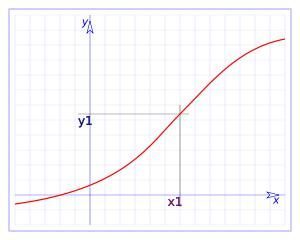 The electromotive force of an electricity generator is the work that it has to do in order to move the electrical charge through a circuit, both outside and inside the generator itself.
The electromotive force of an electricity generator is the work that it has to do in order to move the electrical charge through a circuit, both outside and inside the generator itself.
Thus, the electromotive force establishes the capacity of the different electrical utensils to activate their electrical charge (for example, in a vehicle battery or in a generator). This type of device activates a certain force on electrical charges and in this way these utensils can function normally.
Electromotive force modes
Depending on each type of electric current, one can speak of electromotive force in several senses:
1) Direct sources of electromotive force (in this case the generated current has a constant value),
2) sources of alternating electromotive force (the current produced is variable over a period of time),
3) the electromotive force generated by friction,
4) the electromotive force by induction (this occurs when a moving magnet intervenes through its magnetic force),
5) electromotive force by temperature (when two metals are heated to different temperatures),
6) electromagnetic force generated by chemical reactions (when a device is intended to obtain electrical energy from chemical reactions, for example in batteries).
The cause of electricity
 The electromotive force is, in short, the cause of electricity, since in an electric circuit it is what produces a displacement of electrons from one position to another in a controlled way. It must be taken into account that when the atoms are close, an electrical change occurs due to the state of their respective charges.
The electromotive force is, in short, the cause of electricity, since in an electric circuit it is what produces a displacement of electrons from one position to another in a controlled way. It must be taken into account that when the atoms are close, an electrical change occurs due to the state of their respective charges.
A concrete case
A concrete example can illustrate what this type of force is. Let's take the case of a circuit formed by a battery that is connected to a lamp. The lamp has certain resistances. By connecting the terminals of the lamp with those of the battery it will circulate a current through the circuit and will go from the positive terminal to the negative terminal. For this to be possible, the internal charges in the battery must shift from the highest to the lowest potential.
To determine the electromotive force in this case, the electromotive force is represented by the Greek letter epsilon E, which is equal to the work u divided by the magnitude of the charge called q (the work is measured in joules and the magnitude of the charge in columbios), finally giving a result in volts.









